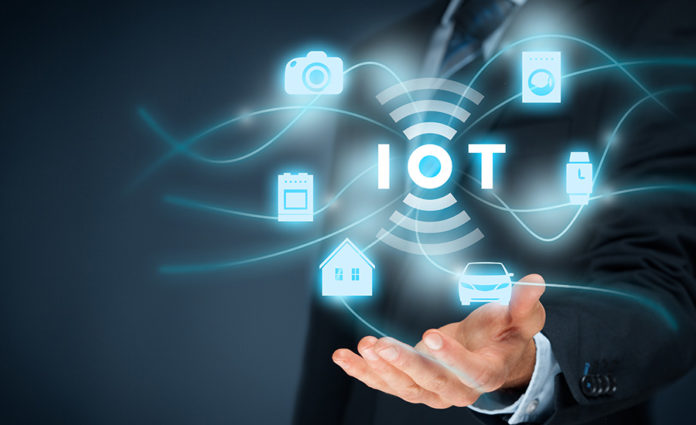IoT (Internet of Things) is a concept that is growing exponentially, and we all have to learn more about it. It can have a lot of potential, but also a lot of risk. This article covers the three major categories of applications that we can have for it: Industrial, Consumer, and Security. It also looks at the business models and risks that are involved in it.
Industrial applications
The industrial applications of IoT have transformed the way data is processed. This includes real time data collection, analytics and forecasting. This helps manufacturers gain a better understanding of their processes.
IIoT devices can be attached to different areas of a plant to gather and analyze data. In addition, these devices can be used to improve operational efficiency and reliability for more visit https://lanars.com/hardware-development/iot-and-iiot.
Several industry sectors have identified a need to use Internet of Things. For example, the mining industry requires a flexible system to keep production running. They also need to ensure safety and sustainability.
For example, IoT can reduce maintenance costs. It can monitor equipment and detect problems when they occur. It can also reduce downtime. It can help manufacturers increase production. It can also reduce energy consumption. It can also provide a safer work environment.
Other industries that are interested in Internet of Things include the automotive industry, where autonomous vehicles are being developed. These cars are equipped with many smart sensors that can provide location data and other information.
Consumer applications
The Internet of Things (IoT) has many applications in a variety of industries. One of the most popular is asset tracking, which uses smart sensors and low power wide area network (LPWAN) technologies to keep track of valuable assets.
Smart homes are another hot use of the IoT. These home appliances integrate IoT-connected devices with household appliances, such as smart ovens, lighting controllers and security systems. These appliances are capable of retrieving data from multiple devices at the same time.
IoT devices are also capable of alerting users to unusual events and other important information. For example, IoT monitors children’s movements and raises an alarm if an accident occurs. It can also be used to track daily activities and improve energy efficiency.
In addition to asset tracking, the IoT can provide real-time traffic information. This helps manage the flow of people, vehicles and goods. Moreover, IoT can monitor and reduce pollution levels.
Security risks
The Internet of Things (IoT) is a collection of connected devices that interact with the physical world. These devices range from home appliances to wearable safety devices. They often lack security features, which puts personal information at risk.
The Department of Defense (DOD) has begun to assess IoT devices’ security risks. It has issued policies and guidance on IoT devices. However, the DOD is not taking into account IoT devices’ security requirements for applications.
The Internet of Things presents a great opportunity for criminals. They can spy on an organization, steal passwords, and install rogue software. They can also launch denial-of-service attacks and create botnets. The best way to protect your organization is to understand the risks involved and mitigate them.
Many companies do not know how many IoT devices are connected to their network. As a result, these devices are unaccounted for. This is known as the shadow IT risk.
IoT devices are vulnerable to malware, hacks, and physical attacks. Unsecure wireless communications can be intercepted, allowing attackers to inject commands. These attacks are often difficult to trace back to the original source.
Business models
It has become essential for organizations to develop new business models that will facilitate their growth in the IoT era. The study aims to provide a solid foundation for future research in this area. It examines the rise of crowd-driven ecosystems and provides suggestions for developing business model frameworks for this emerging technology.
In particular, the study identifies gaps in existing research. Moreover, it proposes business model building blocks that will describe the dynamic nature of emerging value ecosystems.
The main challenges that arise in developing an Internet of Things-based product are grouped into six categories: product/service development, revenue generation, value proposition, business model, IT infrastructure, and technology ecosystem. Compared to traditional business models, the weight of the IT infrastructure is greater in IoT-based businesses.
Several works on IoT business modeling have published theoretical papers or illustrative cases. However, most of these studies do not include data on real-world IoT business models from actual companies.
